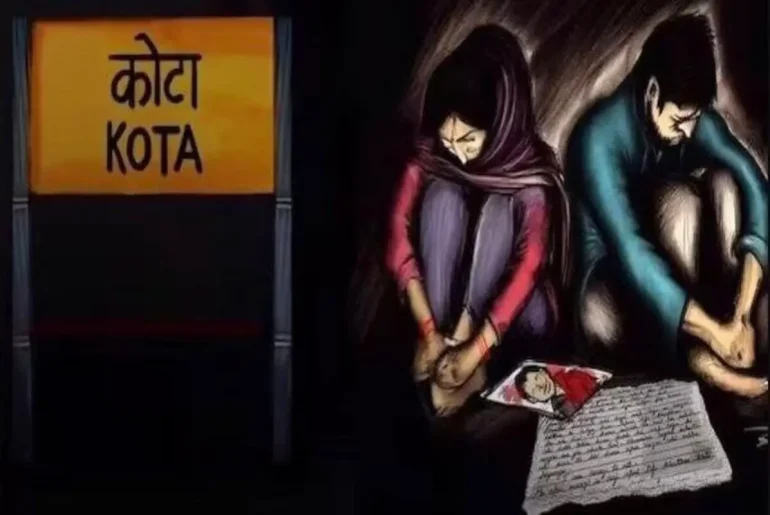Each time the newspaper unfurls another student’s tragic end, the pressing question lingers: when and how will this come to an end?
Welcome to the latest episode of the Supreme Court’s yet another fascinating dance of questionable rulings. In this piece, we analyse the court’s recent refusal to entertain a petition that sought regulation of private coaching institutes and a law to prescribe their minimum standards.
A fresh Monday’s dawn kindles newfound hope in the heart of petitioner Annirudha Nayal Malpani. Yet, in a distant realm, another heart faces a quiet departure of hope, navigating through the shadows of despair. In a plea that sought regulation of the mushrooming coaching institutes and presented data on student suicides, a bench of Justices Sanjiv Khanna and SVN Bhatti expressed helplessness and said that the court cannot pass any directions in such a scenario.
The court simply denied coaching institutes as a factor in suicides and backed ‘intense competition’ and ‘pressure of parents’ on their wards preparing for competitive exams as the main reasons for the rising number of suicides across the country. The court clearly mentioned that “coaching institutions in Kota cannot be blamed.” While we can’t deny the fact that societal and parental expectations do contribute a major chunk to the child’s pressure, refusing to hear any fault on coaching institutions still raises a question of doubt.
The widely acclaimed coaching hub, Kota, reported almost twenty-six deaths in 2023. An analysis by the Hindustan Times shows that more than half of the students who decided to end their lives were younger than eighteen years old. To delve into the factors contributing to these tragic outcomes, we need to acknowledge and articulate the underlying elements.
In a report by The Quint, a student studying at one of the premier coaching institutions mentioned that batches with higher aptitudes were given better treatment, like fully equipped libraries, twenty-four-hour teachers on call, etc. The potential toppers were even given fully furnished apartments with a maid and scooters. She added,
When you see others doing well, it instills a sense of competition. But when you see them being rewarded with money and other facilities, it leaves you feeling insecure.
To also contemplate this matter from a psychological lens, the toxic practice of segregating students on the basis of their ranks and grades breeds an air of superiority among high achievers, cultivating an unhealthy sense of competition among peers. Not only this, but these money-centric establishments allegedly lure the potential toppers with money so that they bring fame to ‘their’ coaching institute. As students dabble with homesickness, societal pressures, and financial burdens, the toxic atmosphere intensifies the struggle.
Notably, this isn’t the first time concerns have been raised about regulating coaching institutes and their alleged financial practices. In 2017, when this matter was previously brought before the apex court, the judicial stance was that it fell within the purview of state governments to address and regulate. History seemed to echo itself as the Supreme Court once again redirected the plea to the government, leaving us pondering a singular question: Does this constant redirection yield any effective results? While the Rajasthan government did issue guidelines in November 2022, complying with the orders of the HC and providing assurance of a law enactment, nothing seems to have changed as the state still yielded the highest number of suicides since 2015. In a parallel narrative, the issues confronting the Delhi government’s negligence find resonance in the streets of Mukherjee Nagar, still crying for the ‘framing’ of guidelines proposed in 2020.
The escalating tide of suicide cases demands a no-nonsense consideration for nationwide, centrally mandated guidelines. The grim reality is worsened by the flagrant negligence and incompetence shown by the various state governments. It screams for an urgent and concrete response because ‘pressure of parents’ no longer serves as the only scapegoat, while ‘spring-loaded fans’ and ‘anti-suicide nets’ are not the resolutions anymore.
Read also: The Supreme Court’s Handbook on Combating Gender Stereotypes
Featured Image Credits: India Today
Dhairya Chhabra
[email protected]


